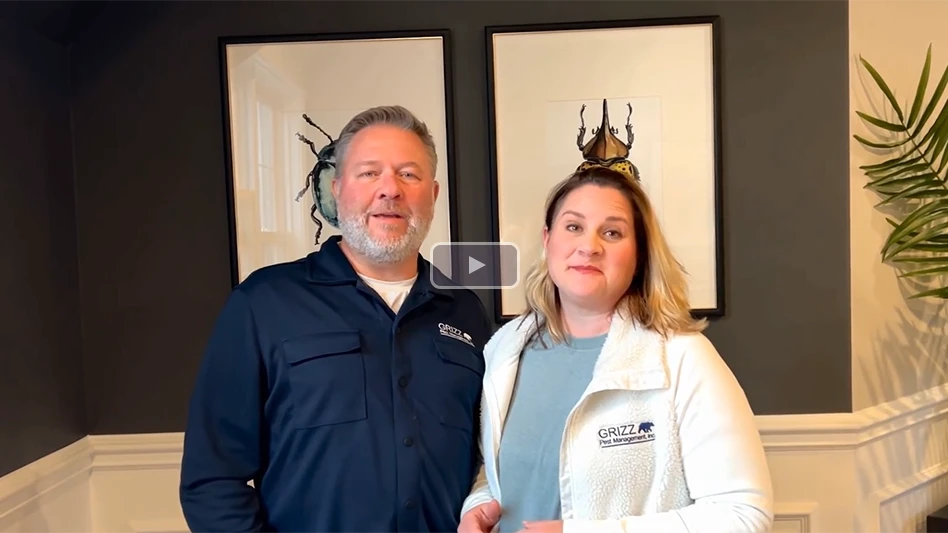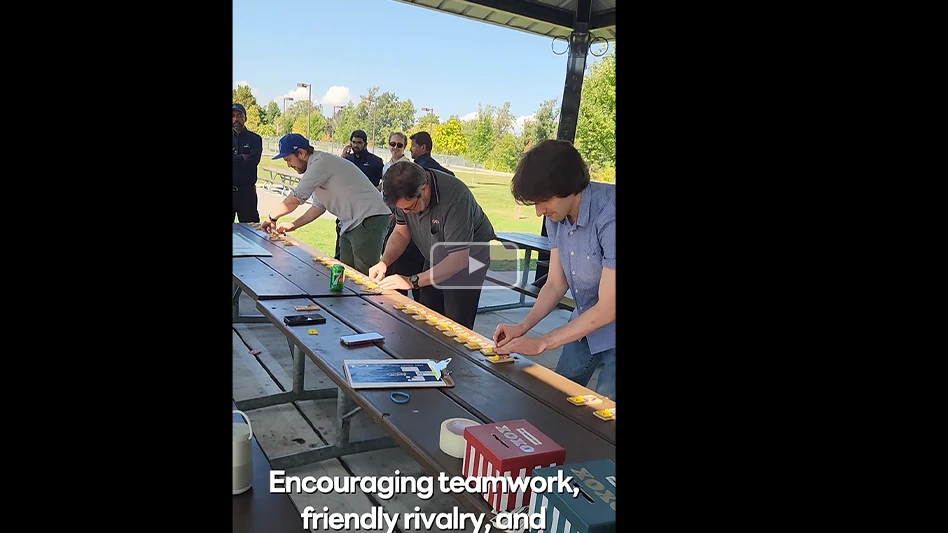Integrated pest management (IPM) is the cornerstone of pest management today. Having the right tools for the inspection process can increase efficiency and showcase our professionalism. Let’s look at a few tools that are easily available, and don’t break the bank.
LIGHTS. Few tools will help the inspection as much as a good flashlight. The old double-D cell lights are not only passé but they are also inadequate to perform a thorough inspection. Today’s lights are many times brighter and more dependable. In fact, the most commonly used lights in the industry are several times brighter than the average lighthouse! There are a few things to evaluate when considering lights.
First, check the brightness. Is it bright enough, or too bright? Some lights can be too bright for use in darker confined areas. A personal favorite is a rechargeable in the 75,000 candela range. It brightens up a crawlspace very well and also can be used in a lighted commercial kitchen. The cost for this unit is just over $100 but the light should last for years.
These days, brightness is measured and rated in candelas. Formerly called "candle" or "candlepower," a candela is the same as a lumen. So a 75,000 candela light is much brighter than a 20,000 candela light.
Next, consider the battery life. The useful life between charging can vary dramatically from light to light. If you perform extended inspections of large warehouses, you will want a light with a longer useful life between charges. If you spend most of your time inspecting houses for wood destroying insects and can recharge the light between inspections, a shorter useful life is fine and that will usually allow you to purchase a less expensive light.
Always follow the instructions for charging the battery when new, as improper initial charges can limit battery life and greatly reduce discharge time. Also, when you find that useful life between charges is dropping, have the battery tested and replace it if necessary. When possible, discharge the battery close to "dead" before recharging to extend battery life. The old habit of plugging the light into the vehicle DC charger between stops is not going to yield maximum battery life. You will also want to carry a spare bulb with you, as changing a bulb can easily be done in the field.
Once you select the brightness and charging capabilities for your needs, pick up the light and make sure that it is comfortable to use. A heavy or unbalanced light will not be comfortable and will ultimately not be used in the field.
A standing joke in the industry is that lights only fail at the most distant part of a crawlspace…just before you hear something near your feet. It is always a good idea to carry a spare pocket light even if it is not the premium model so that you can get out of tight spots if there is a light failure. Reduce stress and danger by carrying that little spare. LED lights today are inexpensive, from a few dollars for a throw away, and are great emergency lights. There are even LED head lamps which can be used to see your way in dark areas.
HAND TOOLS. There are many hand tools which can maximize inspections. Years ago, a wise sage taught a group of us food plant auditors about the virtues of the cake spatula, available at any kitchen store. While this might sound odd, if you purchase three or four thin-tip spatulas that are about 8 inches long, you can take a pair of linesman pliers or channel locks and bend the metal tips, creasing about 1 inch from the tip.
You can keep one straight, one at about 30 degrees, and even one with the tip bent at 90 degrees. Carrying these in the service kit or in the inspection pack will allow you to reach under supports, behind equipment legs in kitchens, and to scoop out that spilled food to see if there are signs of insect infestation. For the one you don’t bend for use under steel equipment legs, use an offset icing spatula —you will no longer have scraped knuckles from that non-skid commercial floor! Try these — they work great and they are about $2 each. Some people also use dental tool kits available at hardware stores. The picks and probes are very useful with or without the spatulas. Don’t forget to clean your tools between account visits. Extension tools with mirrors also increase the effectiveness of these hand tools and can be found on telescopic pen sized handles all the way to larger extensions to over 36 inches.
If you need something with more strength to pull back insulation, flip wood debris, lift old traps, chip into beetle galleries in joists, clear out mulch, or probe and sound wood for WDI inspections, the Probemaster (203/468-1444) does it all. This new model stainless steel tool is angled for best effectiveness. Measuring just under 30 inches long and serving a multitude of uses, it is the "five in one tool for the PMP" and probably the only commercially available tool of its kind specifically for pest management. As a bonus, your customers will see that the professional uses professional tools and not just a toolbox screwdriver. The cost is about $40 plus shipping and handling.
Let’s say that you are wondering about insects that you see near a soffit during a general pest inspection. The pests are too high to see clearly and you can’t tell if they are going into the soffit or just hovering. Also, consider this situation outside a food plant. An inexpensive pair of lightweight binoculars carried on the vehicle helps you investigate areas you can’t easily see. For about $30, you can get the information you need without a ladder and show your customer that you have what it takes to earn their trust.
Now that you have inspected, you need to collect specimens. For onsite examination, hand lenses can be purchased from many local stores for under $15. Sometimes you need more scientific tools. To collect specimens, the National Pest Management Association has put together a kit specifically for our industry with tools, killing jar, and sample packs, all in a carrying case for about $70. Go to www.bugstore.org for more information.
Finally, if you need to document what you observe, carry along a pocket digital camera. These are inexpensive, starting at less than $20, and can provide a permanent record of your observations which you can share with your account contacts. Make sure that cameras are permitted in sensitive accounts such as hospitals and food facilities.
CONCLUSION. You don’t have to use expensive and hard-to-find tools to do the job right. A little creativity will allow you to gather a collection of inexpensive and very effective tools which you can use in the field. Start your creative thinking so that you are outfitted with the best tools for the job…and you’ll be showing your customer that you are truly the professional.
The author is a veteran of the pest management industry and a frequent contributor to PCT. He can be reached at gbaumann@giemedia.com.

Explore the July 2010 Issue
Check out more from this issue and find your next story to read.
Latest from Pest Control Technology
- MGK Announces EPA Registration of Botanical Active Ingredient Veratrine
- Termite Control Sales Strategies
- NPMA Announces ELP Class of 2025
- Termite Control Tools and Equipment for PMPs
- Choe Reviews Drywood Termite Geographical Hotspots, Latest Research Findings
- Mosquito Squad Announces Rebranding to Mosquito Squad Plus
- Pest Control Equipment: If it’s Critical, Back it Up!
- In Memoriam: Marybeth Wonson





